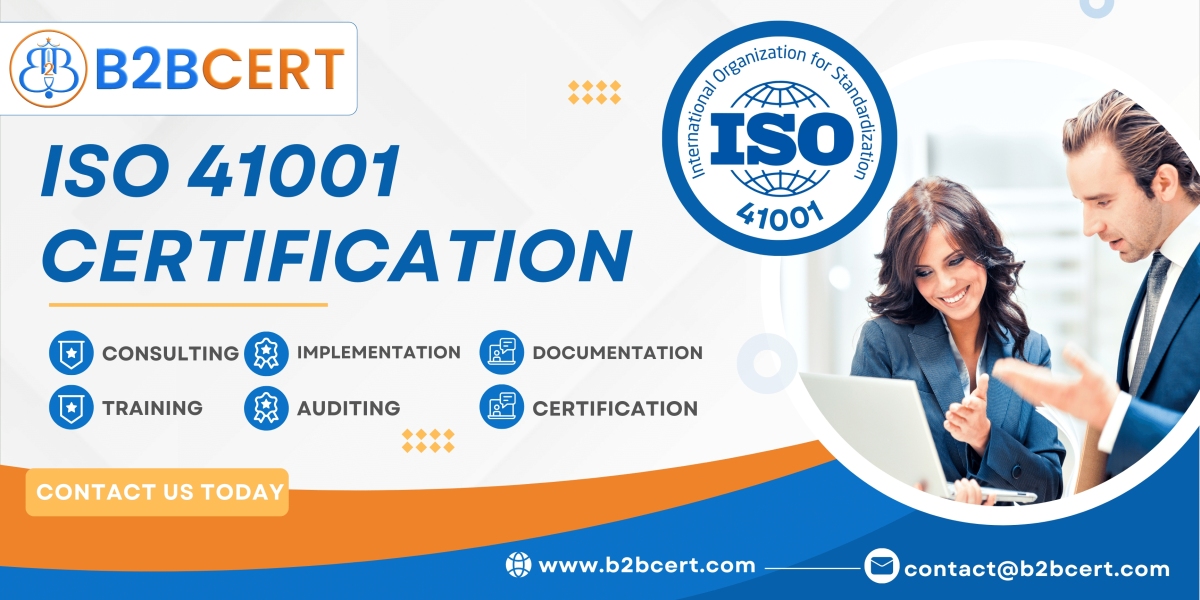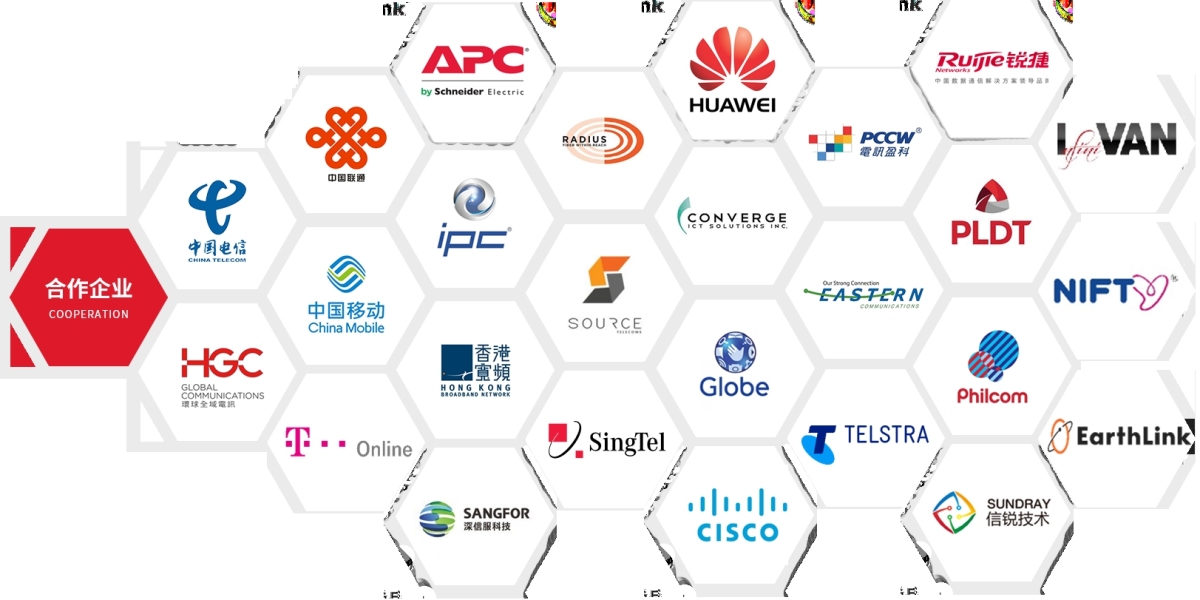Electronic governance, or e-governance, refers to the application of digital technology to streamline public services, increase operational efficiency, and foster transparency in government. Rather than relying on manual paperwork or face-to-face processing, governments can use web portals, cloud platforms, and automation tools to handle licensing, documentation, payments, records, and communication.
E-governance platforms can be as simple as an online appointment system or as complex as an integrated municipal dashboard with real-time data feeds, budget management tools, e-permit processing, and digital citizen ID verification.
These platforms support government-to-citizen (G2C), government-to-business (G2B), and inter-agency government-to-government (G2G) interactions — all aimed at reducing friction, delays, and corruption in public service delivery.
The Philippines faces unique governance challenges due to its geography, infrastructure gaps, and population spread. From coastal barangays to densely populated metro areas, local governments often struggle with outdated, paper-based systems that cause delays, inefficiencies, and a lack of transparency.
E-governance solutions provide a way to overcome these challenges. Platforms that digitize transactions, records, and services can reduce queues, eliminate manual errors, and make data instantly accessible. Citizens benefit from faster service while governments benefit from improved accountability and operational clarity.
On a national level, agencies like the Department of Information and Communications Technology (DICT) are leading initiatives under the E-Government Master Plan (EGMP), pushing for digital ID systems, unified records, cloud-hosted platforms, and cross-agency integration.
For local government units (LGUs), e-governance enables barangay-level portals, online permits, disaster response dashboards, CCTV integration, and budget transparency tools — empowering better service delivery even in remote regions.
A comprehensive e-governance platform is composed of several key features, designed to enhance both back-end administrative functions and front-end citizen access.
Online Service Portals allow citizens to request documents, permits, and certificates from home.
Digital Forms and E-Signatures replace manual paper processes, accelerating approval times.
Document Management Systems (DMS) store and track digital records with version control and audit logs.
Budget and Finance Modules automate accounting, procurement, payroll, and revenue reporting.
Citizen Feedback and Helpdesk Tools enable the public to submit complaints, inquiries, or suggestions online.
Real-Time Dashboards give LGU officials a live view of transactions, population data, safety incidents, and infrastructure status.
Integration with CCTV and IoT Devices links surveillance, energy meters, flood sensors, and alarms to municipal command centers.
Cloud Infrastructure ensures uptime, data protection, and scalability.
Multi-language and Accessibility Support helps reach more citizens through mobile devices and regional languages.
In the Philippines, e-governance platforms are already being adopted across various levels of government, with differing use cases depending on the needs of each agency or locality.
At the national level, platforms are used for services such as online tax filing, national ID registration, e-health systems, and disaster response coordination. For example, the Bureau of Internal Revenue (BIR) uses eFPS and eBIRForms for digital tax submissions. The Philippine Statistics Authority (PSA) supports e-civil registration and census portals. These platforms reduce foot traffic at government offices and improve operational oversight.
For local government units (LGUs), e-governance takes a more community-focused shape. Cities and municipalities implement systems for electronic barangay clearance, building permit issuance, and real-time emergency notifications. Some LGUs maintain digital dashboards that display live CCTV feeds, traffic status, or budget utilization, accessible to both officials and the public. Others use web-based ticketing systems for complaint resolution and public feedback.
Barangays, the most local unit of governance, also benefit from cloud-based platforms. They can record incident reports, log household data, register voters, issue community certifications, and coordinate health outreach programs — all digitally. With solar-powered internet and local servers, even remote barangays can go paperless.
Educational institutions under local government also deploy e-governance tools to manage enrollment, student records, ID issuance, and online learning modules — all integrated with LGU systems for budget planning and compliance tracking.
E-governance provides numerous tangible benefits for both citizens and government stakeholders. One of the most important is improved efficiency. Processing times for permits, certificates, and registrations are dramatically shortened when handled digitally. Queues are reduced, and staff workloads are better managed.
Transparency and accountability also improve. Every transaction is logged, reducing opportunities for bribery, fraud, or document tampering. Budget utilization dashboards and procurement tracking help detect anomalies early.
Citizens enjoy greater accessibility. With mobile-responsive websites and SMS alerts, even those in rural areas can receive updates and request documents remotely. This inclusivity is particularly important for people with disabilities, senior citizens, and those with limited mobility.
Governments save on operational costs — reducing paper usage, office space needs, and manpower for repetitive tasks. Automation enables staff to focus on planning and public engagement rather than data encoding.
From a macroeconomic standpoint, widespread e-governance contributes to better national data collection, cross-agency coordination, and disaster readiness. A centralized view of citizens, budgets, and assets leads to smarter policy-making and faster response during crises.
E-governance platforms rely on a blend of modern technologies to function efficiently and securely. Chief among them is cloud infrastructure, which allows real-time access to data from multiple locations while minimizing the cost of physical servers and maintenance.
Web frameworks like Laravel, Django, or Angular are used to build responsive portals with role-based access control. These platforms integrate with relational databases (MySQL, PostgreSQL) to store records securely and efficiently.
APIs allow different government systems to talk to each other — for example, syncing citizen ID data with financial services, or linking police blotter records with barangay incident reporting.
Encryption protocols (such as SSL/TLS) are used to secure all communications, ensuring that personal or financial information cannot be intercepted or modified.
Two-factor authentication (2FA) and biometric login systems (face recognition or fingerprint scanning) are being introduced to prevent unauthorized access to sensitive administrative systems.
To support disaster recovery and business continuity, platforms are hosted on geo-redundant cloud servers — often located within Southeast Asia or with in-country edge nodes. Automated backups and system health monitoring are built into the infrastructure.
In the Philippines, the implementation of e-governance systems must comply with national regulations that govern digital security, citizen data privacy, and procurement of ICT systems. The Data Privacy Act of 2012 (RA 10173) is the foundational legislation, ensuring that personal information handled by government systems is protected from misuse or unauthorized access.
Under this law, all agencies using digital platforms must conduct a Privacy Impact Assessment (PIA), appoint a Data Protection Officer (DPO), and maintain audit logs for every access or transaction involving personal data. All e-governance systems that store citizen names, addresses, IDs, or birth dates must encrypt such data in storage and transmission.
The National Privacy Commission (NPC) regularly issues circulars for public sector compliance, including mandatory breach notification procedures and data subject rights handling. Systems that do not comply can be subject to penalties and shutdowns.
Meanwhile, the DICT (Department of Information and Communications Technology) oversees cloud policy through its Cloud First Initiative, which encourages government bodies to adopt secure, reliable, and cost-effective cloud infrastructure — as long as the providers meet data sovereignty, auditability, and reliability standards.
On procurement, the Government Procurement Reform Act (RA 9184) governs how LGUs and national agencies can acquire software and IT services. Open bidding or negotiated procurement modalities must be followed unless exempted.
Several companies in the Philippines provide ready-to-deploy or custom-built e-governance platforms. These can range from SaaS-based citizen portals to large-scale ERP-like platforms for municipal or national use.
1. Suniway E-Governance Platform
A Filipino-integrated solution designed specifically for LGUs and barangays. Offers modules for budget transparency, online certification, incident reporting, and CCTV dashboard integration. Optimized for hybrid internet environments.
2. Microsoft Power Platform (for Government)
Adopted by some national agencies and cities through DICT programs. Provides low-code workflow automation, dashboards, and API integrations with Microsoft 365 apps.
3. Oracle Government Cloud
Used by large public finance and taxation systems, especially for back-office functions such as e-procurement, HRIS, and citizen registries.
4. Globe Business E-Government Solutions
Includes consultation, cloud hosting, and data security packages tailored for Philippine municipalities and government departments.
5. OpenLGU Platform (Open Source)
An open-source platform funded by academic and government collaboration, offering building blocks for e-permitting, civil registry, and real-time reporting.
6. LGU-developed Systems (In-house builds)
Some large cities like Quezon City and Davao have built their own citizen portals, often in partnership with local universities or third-party developers. These systems tend to be customized but may face sustainability challenges if not standardized.
To successfully implement an e-governance platform, a step-by-step approach is necessary. First, stakeholders should perform a needs assessment to determine the most critical services to digitize. This might include business permitting, certificate issuance, or feedback reporting.
Next, the technical infrastructure must be validated — including internet availability, devices for users, power backup (especially in barangay halls), and secure hosting options. If cloud-based systems are used, ensure DICT or NPC-compliant providers are selected.
A pilot program should be launched in a small area or with limited services to gather feedback and adjust workflows before full-scale deployment. Training sessions for barangay staff, municipal employees, and IT officers are essential for system usability.
Long-term success depends on maintenance contracts, regular system audits, and citizen outreach to build trust and encourage usage. Platforms must be mobile-friendly, multilingual, and easy to navigate.
A clear digital governance policy should be adopted at the LGU or agency level, covering data management, access rights, and accountability.
Many organizations and government offices exploring e-governance systems in the Philippines often have the same set of questions. Below are some of the most frequently asked ones, with straightforward answers:
What’s the difference between e-governance and e-government?
E-governance is a broader term that includes the use of technology in governance processes — not only by the government itself, but also by civil society and private organizations involved in public services. E-government refers more specifically to the digital transformation of government agencies.
Do e-governance platforms need to be online 24/7?
Ideally, yes — especially if the platform handles citizen applications, public safety monitoring, or document issuance. However, some barangay-level platforms are designed to operate offline first and sync data when internet becomes available.
Can LGUs develop their own systems without national approval?
Yes, LGUs have autonomy under the Local Government Code to digitize their processes. However, for funding, compliance, and system integration, coordination with DICT and NPC is encouraged.
Is it expensive to build an e-governance system?
It depends on scope. Barangay-level systems can start below PHP 100,000 if using open-source or hybrid modules. Full LGU-wide platforms with document tracking, cloud storage, security layers, and integrations may range from PHP 500,000 to PHP 5 million or more.
What languages should an e-governance platform support in the Philippines?
At minimum, English and Filipino. For regional adoption, Cebuano, Ilocano, and other major dialects improve usability. Multilingual support ensures inclusivity.
How do citizens know if their data is safe on a digital platform?
Transparency is key. Government units must display data privacy statements, use encrypted portals (HTTPS), and designate a data protection officer. Regular reporting and open-access dashboards can also build trust.
Are there successful examples of e-governance in the Philippines?
Yes. Quezon City has a full online permit and payment portal. Davao City has integrated emergency response dashboards. Some rural municipalities in Cebu and Northern Luzon have paperless barangay clearance systems powered by local integrators.
E-governance platforms are transforming how Philippine government units serve their people — making governance more responsive, more transparent, and more inclusive. By embracing cloud infrastructure, automating paper-based workflows, and ensuring citizen data is protected, LGUs and national agencies alike are modernizing their services and improving the daily lives of millions.
Whether you're a small barangay seeking to reduce manual work, a city planning to digitize services, or a systems integrator supporting public sector IT, e-governance is the foundation of a smarter, more connected Philippines.
As the country pushes forward with its digital roadmap, now is the time to invest in secure, scalable, and citizen-friendly platforms that can grow with the needs of your community.









